I, like many people, patiently await the long, drawn-out days of the cold winter in anticipation of the sudden blooms, warmer weather, and general newness of the vernal equinox.
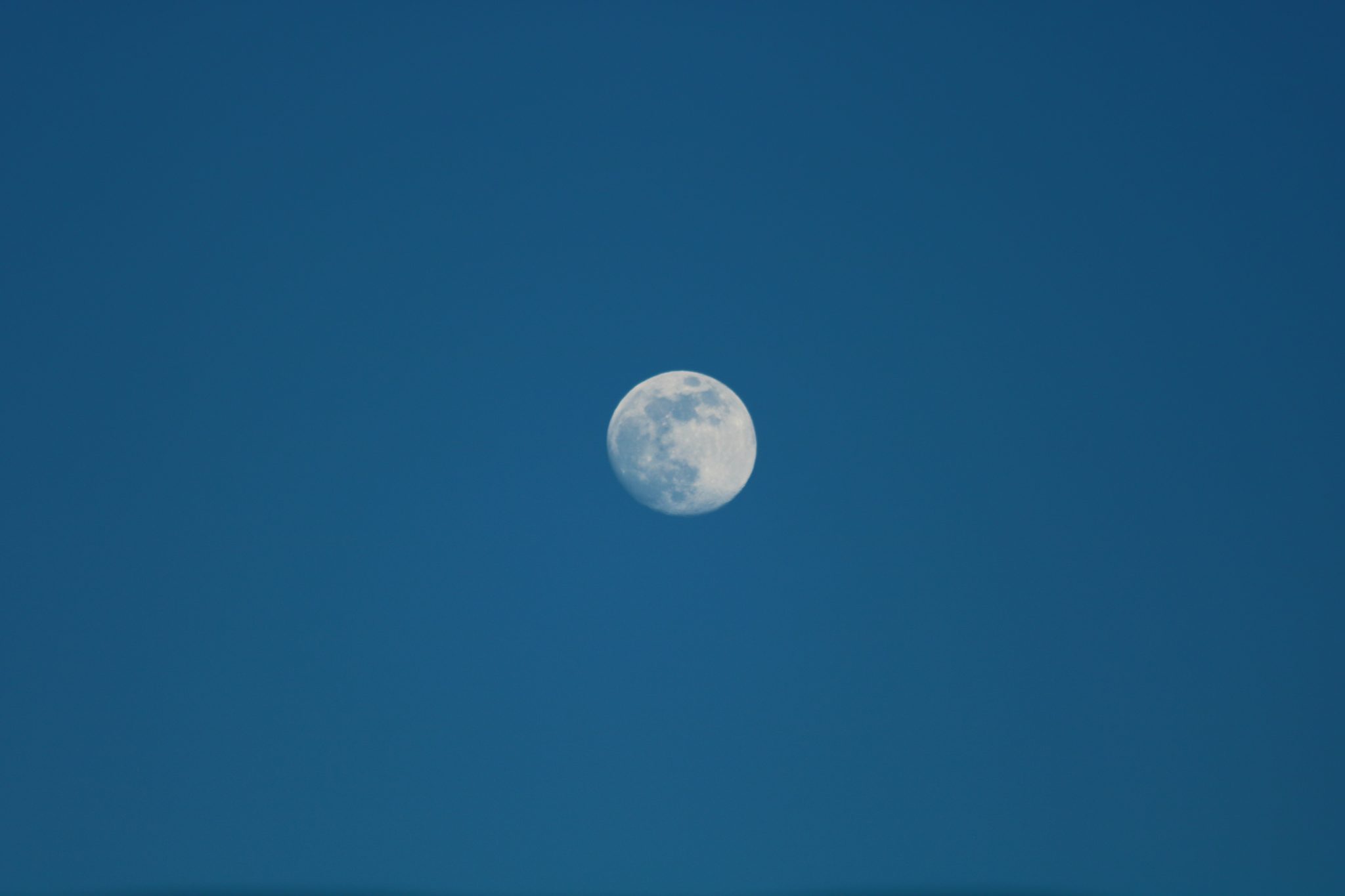
March’s full moon recently passed at the beginning of the month, presenting another sign of rejuvenation for the Northern Hemisphere.
For eons, Indigenous Peoples have lived one with the land; they track the thirteen moons in a year, and plan lifestyles and harvests around this, naming each moon after the markedly physical changes occurring with the changing seasons.
This moon is referred to by several names (Crow Moon, Sugar Maple Moon, Worm Moon). It is a traditional sign of spring, with the cawing of crows signalling the end of winter, the beginning of maple syrup season and the thawing of the ground heralding the arrival of worms and robins.
The arrival of a new season for many also brings with it the beginning of warmer weather, snow melt, crop preparation, and religious significance for some.

The spring equinox marks one of the two days a year when the sun crosses the celestial equator, and day and night are both approximately the same length. Anticipating this momentous occasion, many people worldwide have erected stone workings, temples, and architectural sites that align with this springtime event.
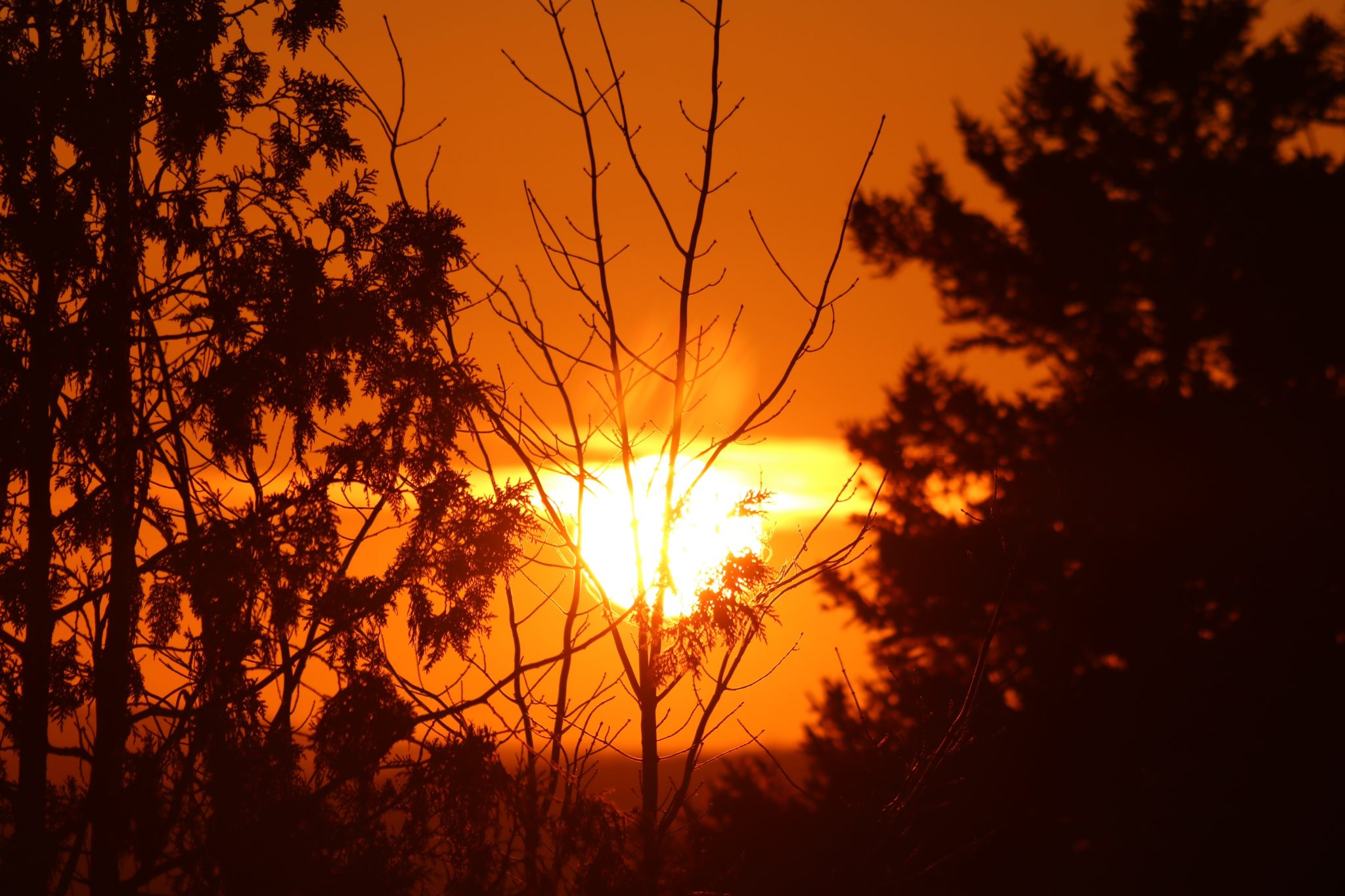
Stonehenge
England is likely one of the most well-known areas worldwide that celebrate the spring equinox with monuments aligning with the spring sun. During the Neolithic period, the stones were hauled more than 150 miles from Wales to the current place where the monolithic stone circle stands in England today.
Thousands of visitors still flock to this tourist attraction; however, the autumnal and vernal equinox is the only time people are allowed to enter the inner grounds of the stone circle.
Due to the special celestial significance of this area, there are regulations in place to protect it so it may remain a place of refuge and celebration for hundreds of individuals during the sunrise.
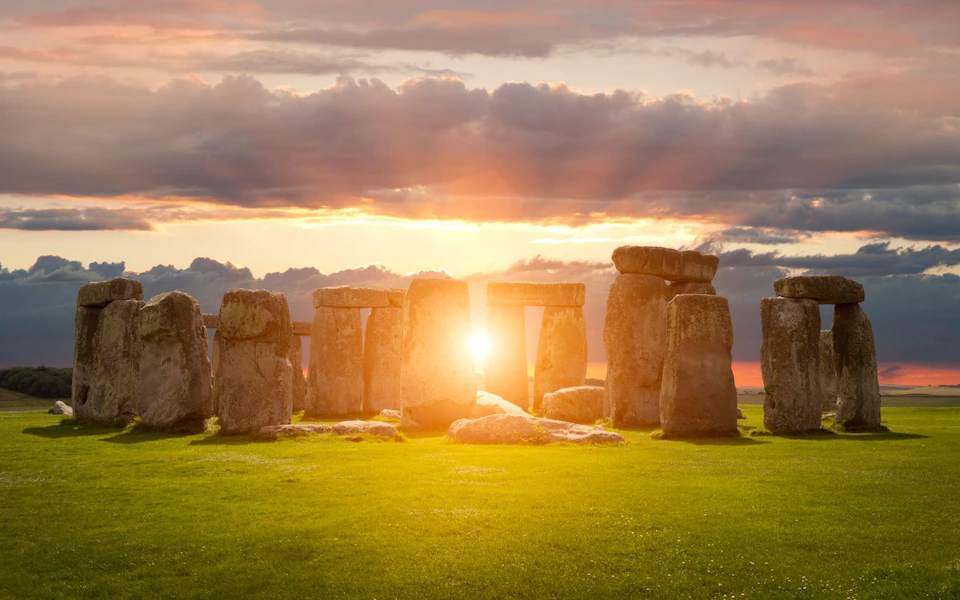
The intrigue of this rock formation lies in the formation and placement of the rocks. During the solstices and equinoxes, the sunbeams align with the stones at the center of the site and what is known as the Heel Stone welcomes the first rays of the spring sun on the north-east part of the horizon as the sun rises above the circle.
Thousands will gather on the outskirts of the circle, while only those with pre-bought tickets are allowed within the inner circle before the rest of the crowds arrive.
Thai New Year
The Thai New Year, or Songkran, is celebrated during the spring equinox as the beginning of the new year. This is celebrated with splashing or “water fights” in the streets.
‘Songkran’ is derived from the word “astrological passage,” or to move or change places. This marks the day the sun changes position. In astrology, the changing into the Aries zodiac is used to mark astrological calculation. However, it is celebrated on a fixed date.
While this is not celebrated directly on the mark of the spring equinox, it is celebrated from April 13 to April 15 but really does not finish until the 20 of April.

This festival is staggered in timing to allow visitors to return to their homes during the period of Songkran safely, so the celebrations’ timing depends on location. In Bangkok, Songkran is celebrated on April 13; however, the original Songkran day in Pattaya is the 19.
April 13 officially marks the end of the old year in Thailand, the 14 is marked as the day after and the 15, or Wan Nao is the beginning of the New Year. This celebration occurs in all people of Thailand regardless of religion.
The history of Songkran stems from Buddhist culture, where the water was used to clean the Buddhas, captured and sometimes mixed with scented herbs to bless the elders and to wash away bad luck. This was then sprinkled over the shoulders alongside a chalk and water mix to spread on the cheeks in an act called Din Saw Phong.
The chalk is used to mimic the chalk monks use to mark their blessings, and consent is always asked before applying, as it is considered bad manners if not. Since April is the hottest time of the year, the younger generations have turned Songkran into water fights, and there is no holding back. During Songkran, if you go outside, you will get wet.
Holi
Different names celebrate this colourful celebration in Northern India, but the premise still remains the same in the tradition of unity and love and festivity all throughout the country. The day is one of reunition and newness and is meant to encourage forgetting resentments and bad feelings.
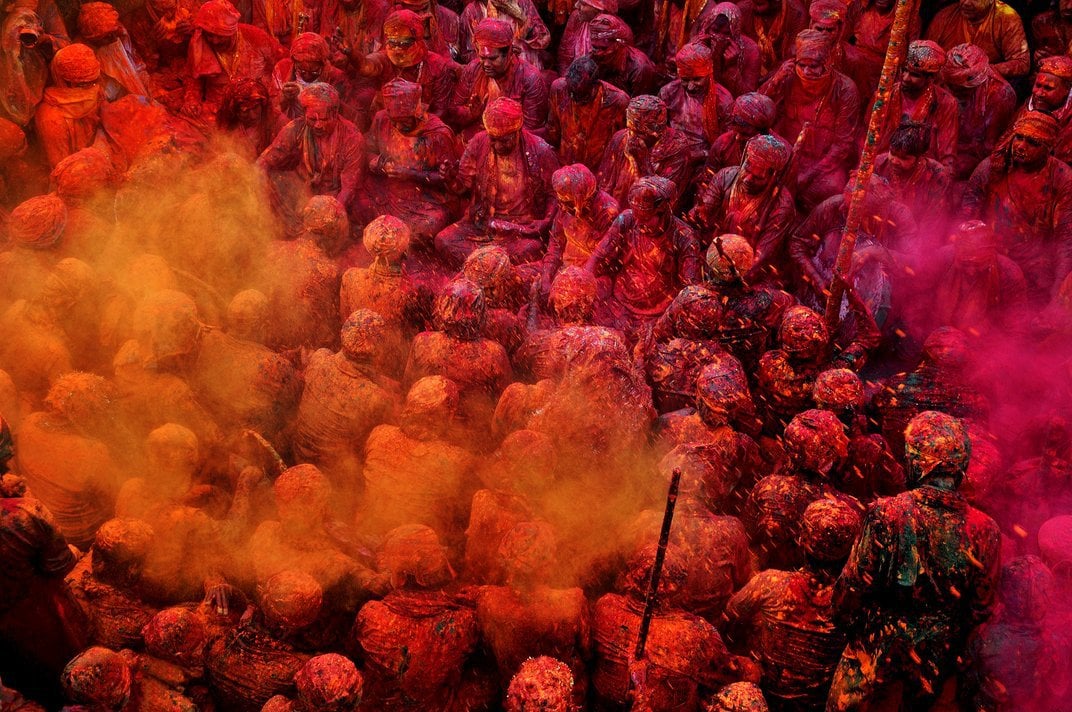
The colours bring positivity and joy into the lives of those who celebrate the festival. The celebration starts with the lighting of a bonfire and coloured powder, representing a celebration of spring and the victory of good over evil.
The day is meant for showing appreciation, love and respect for friends, family, and those close to them.
Spring Equinox in Teotihuacan
On Monday in Mexico City, many gathered in visitation to the Teotihuacan temple archaeological site, home of the Temple of the Moon and the Temple of the Sun, to welcome the beginning of spring.
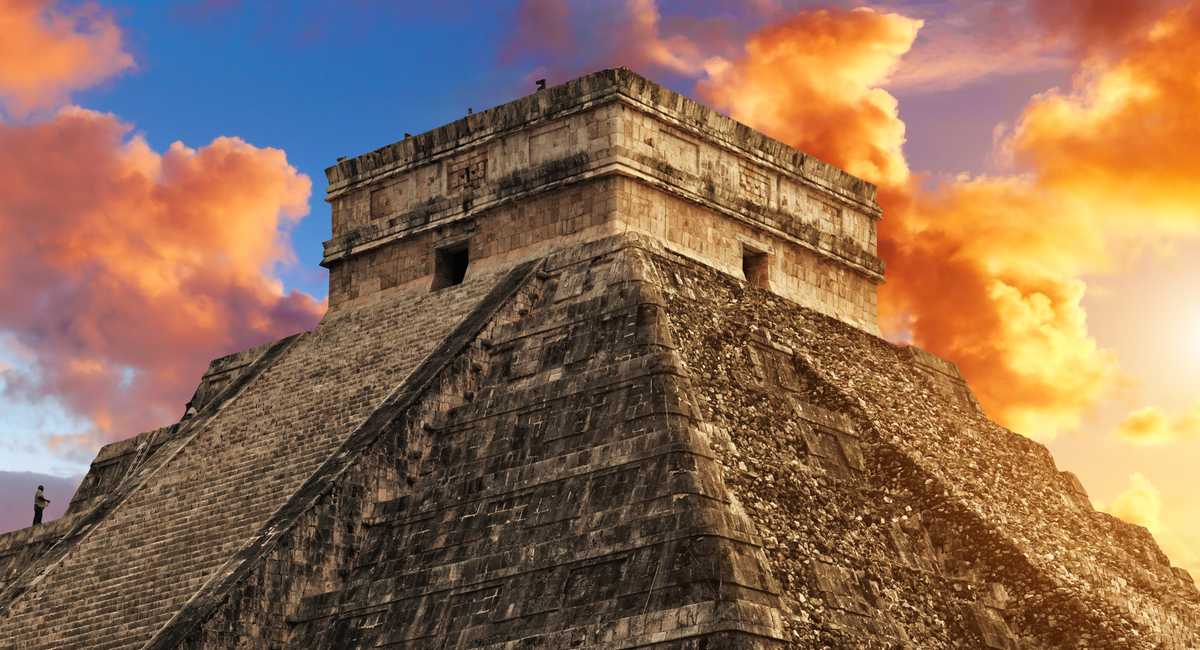
In Mexico, during the spring equinox, you can find hundreds gathered at pyramids erected especially for the vernal sun; people adorn themselves in white and red to celebrate the changing of the seasons. According to pre-Hispanic tradition, these colours help to absorb the good energy that peaks during the equinox.
Ancient Chinese tradition hosts an ancient custom every year during March, suggesting that eggs can only be perfectly balanced at the exact time of the equinox.
The balancing of eggs in ancient tradition is a symbol of fertility, good luck and prosperity. While there is no actual substantial proof that this is the only day of a year when an egg can be perfectly balanced on its end, this tradition lives on.
In Japan, Higan is a week of Buddhist service during the March and September equinox, marking national holidays since 1868. This celebration also means “other shore,” a reference to dead spirits which reach Nirvana after crossing the shore of the ‘river of existence. This represents a move from a world of pain and suffering to a world of enlightenment.



